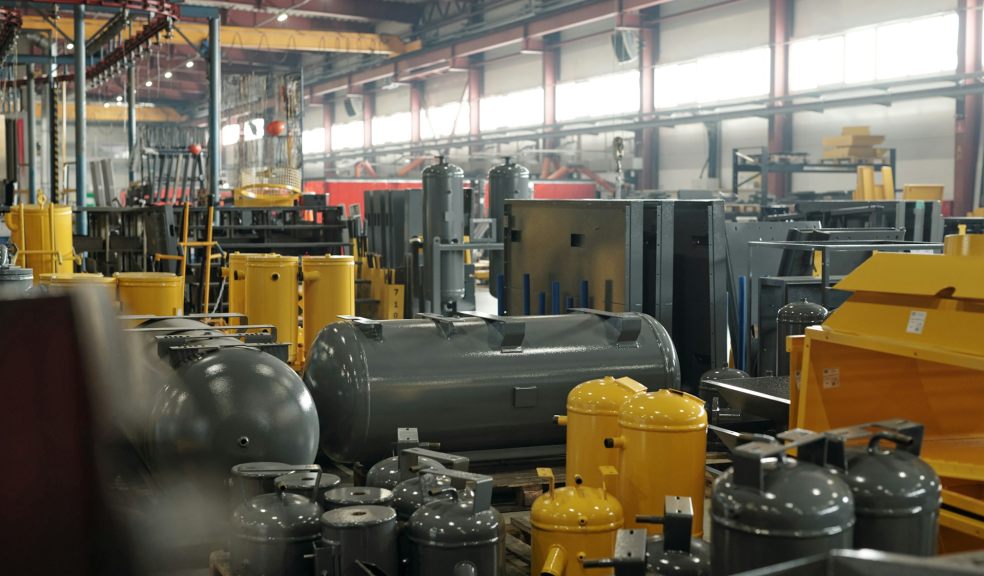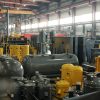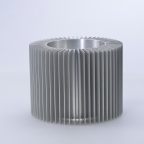
Powering Projects: The Trio of Compressors, Pumps and Generators
Today's construction and infrastructure developments aren't driven by brute manpower, but more so a powerful machinery that compresses, directs, and powers. The unseen motor room that powers modern development is centered on a trio of the essentials dewatering pumps, and electric generators. These're not cameo roles; they're the driving force that keeps things going, safe, and productive, from places and operations like dusty dewatering sites to multi-story industrial complexes.
Let's open the lid on this unassuming, forceful trio and see how each one gets your projects up and going—quietly, consistently. Click here for more detail.
Compressors That Fuel Everything
Try to imagine using a jackhammer, paint sprayer, or concrete vibrator without compressed air. A compressor is what delivers that air, and then drives much of what moves, cuts, and constructs on a work site-some basic physics that all of us failed to pay attention to.
A compressor operates by driving air into a tank, which increases its pressure, and they build up energy similar to a cosine-some. Energy stored can be used in operating pneumatic tools, inflating tires, or assisting in ventilation and air cleaning systems, and rotary screw compressors for continuous use, piston compressors for small site installations, and even oil-free ones for food or pharma-grade installations compressors.
In industrial sites, compressed air has become known as the "fourth utility," following water, gas, and electricity. Compressed air systems use about 10% of all the power used in U.S. manufacturing, according to estimates by the United States Department of Energy.
Choosing the appropriate model means you have to focus on flow rate, pressure required, duty cycle, and environment- ensuring the capability of the compressor of communicating maintenance needs and auto-regulating pressure.
Flood and Flow- De-watering Pumps
The main role of a is to protect your site from one of its biggest foes: water. If you're digging in for a foundation, operating a tunnel project, or simply draining your warehouse pit, water buildup is the enemy of efficiency, safety, and structural integrity. De watering pumps are specially designed to eliminate unwanted water off construction or industrial sites, pronto. They pull water away from low-lying areas, pits, trenches, or soggy foundations and dispose of it elsewhere safely. There are various kinds of pumps- centrifugal, submersible, and diaphragm pumps each designed for the amount of water, grit, and distance in play de watering pump
With features such as auto-sensing float switches, corrosion-resistant casings, and integrated backup power, the advantages are several. Importantly, filtration attachments help meet regulatory standards by pre-emptively cleaning the water. Water intrusion can delay construction timelines by up to 30% if unmanaged, whereby the ability to swiftly dewater a site becomes a question of financial viability. It therefore becomes essential that you do your due diligence before installation.
The Pulse of the Site-Electric Generators
The last thing that you should always focus on when your tools are ready and the site is dry is the power, and herein comes the electric generator. This generator serves as the heartbeat of a remote job, or construction site that has poor or nonexistent grid access.
An electric generator is a device that translates either mechanical energy, usually the product of a diesel engine or gas engine, into usable electrical energy, which is then transmitted to your compressors, your pumps, your welding rigs or your critical control systems. They are the only source of power, ensuring productivity during times of outage, and thus instrumental in preventing financial losses.
Generators today are very sophisticated units, equipped with sound insulation and recording (Global Position System) to be controlled remotely. Most have load-sharing options where more than one generator can equalize loads to minimize fuel consumption and avoid system overload-relieving you of the fear of constant maintenance electric generator.
In the case of warehouses and industrial campuses, silent backup generators may be installed that automatically come into play in case of load shedding or a power outage-ensuring that cooling, security cameras and data servers remain online without interruption.
Given the increasing development projects-high scale residences and expansive trade deals, it is projected that the generator (especially electrical) in the construction industry will experience a 5 percent and above increase on a yearly basis till 2028. Got environmental and sustainability concerns? Newer hybrid and solar assisted generator systems are coming along with a lower impact on the environment, green certification and cost-effectiveness.
Syncing the Trio
The beauty of the seamless system that is a compressor, de-watering pump and is that they work together to keep the whole job afloat. Outside the grids, compressors and pumps take their power supply directly to the electric generator, where de-watering makes sure that there is no water damage to compressors and electrical equipment.
In fact, advancements in site control panels even enable the supervisors to keep an eye on all three via a central location on a dashboard-pressure, water flow and power output all measured in real-time. With the correct amount of research and foresight, these three components can help you construct a premise that gets the job done- and done well.

















